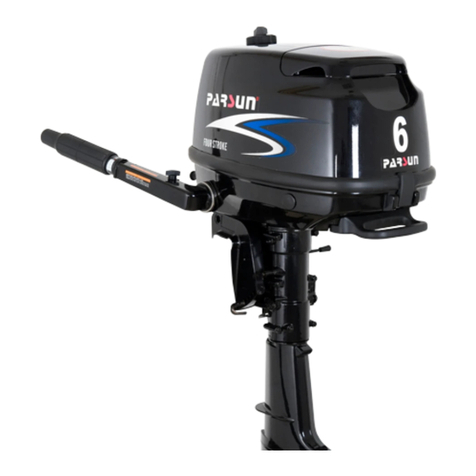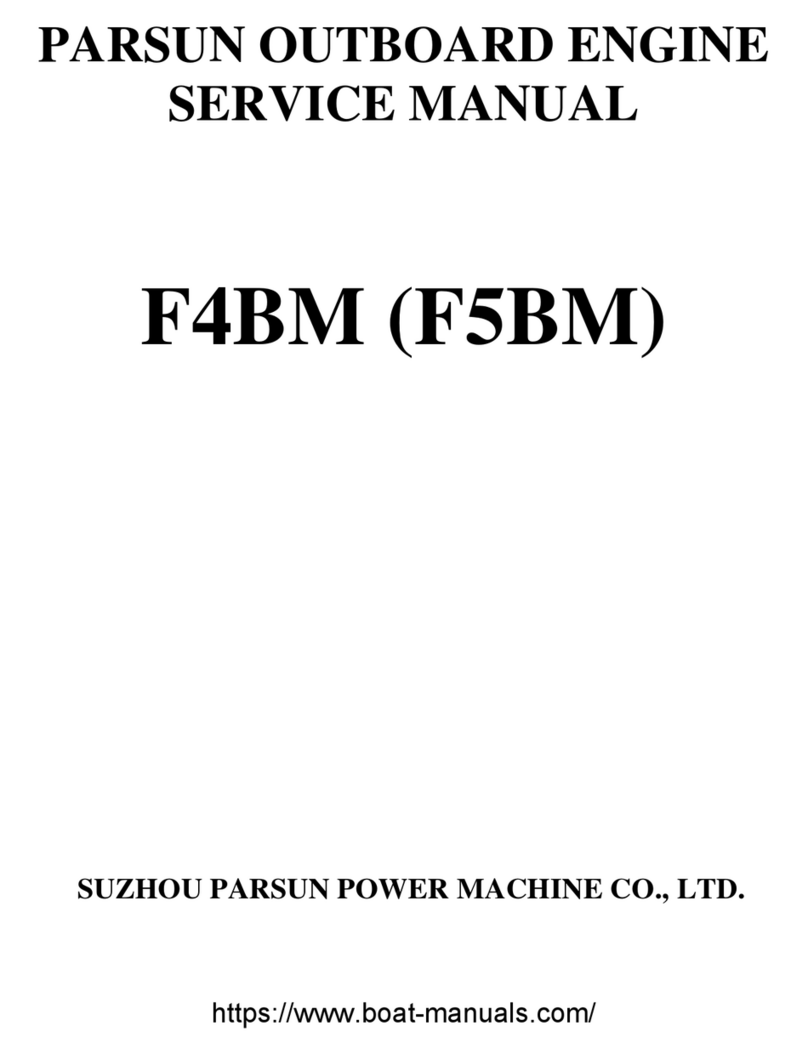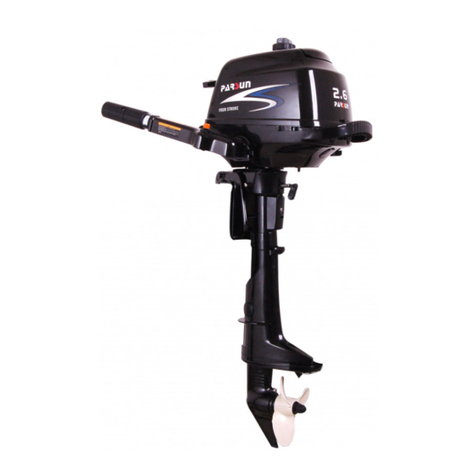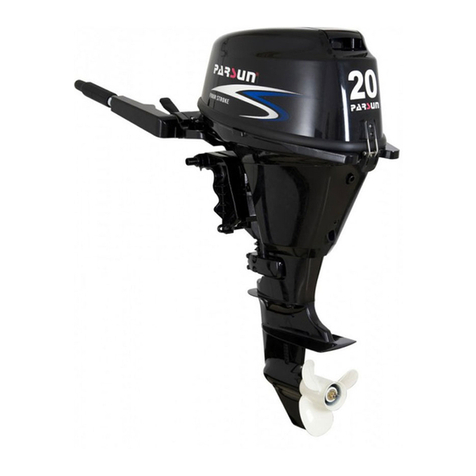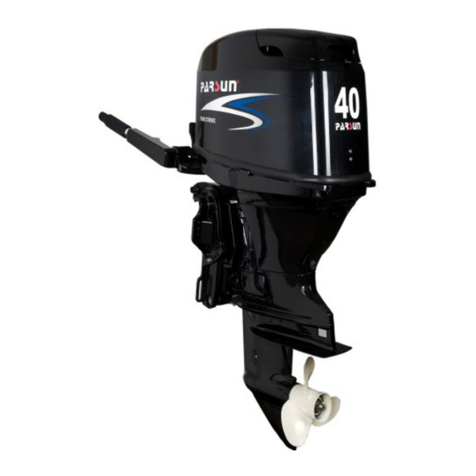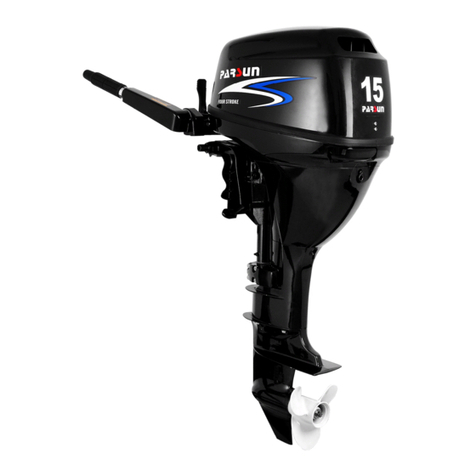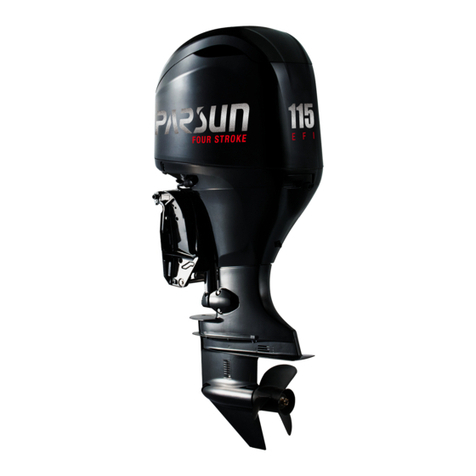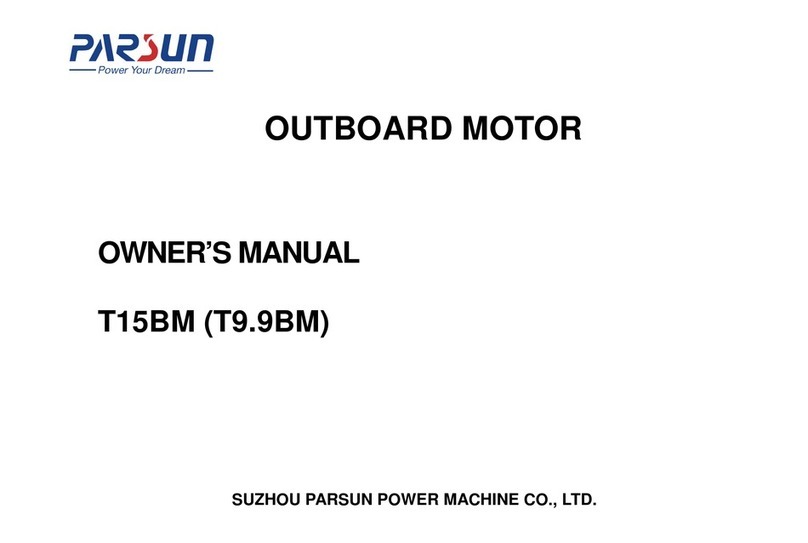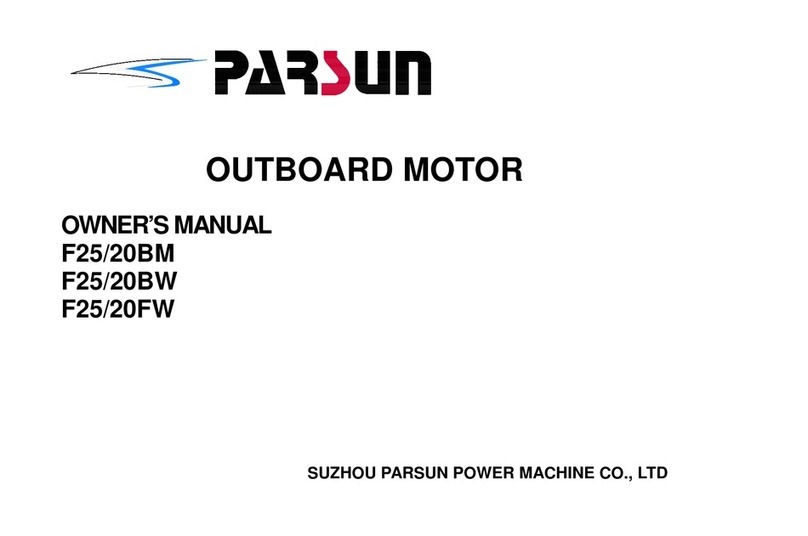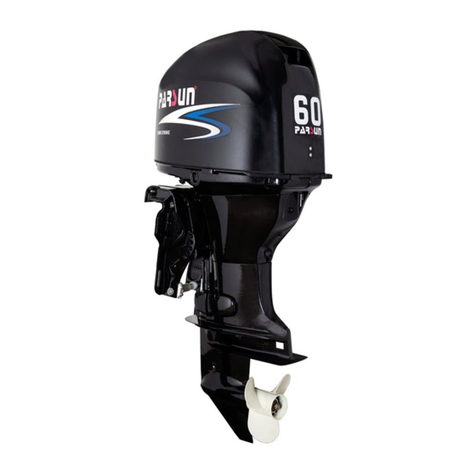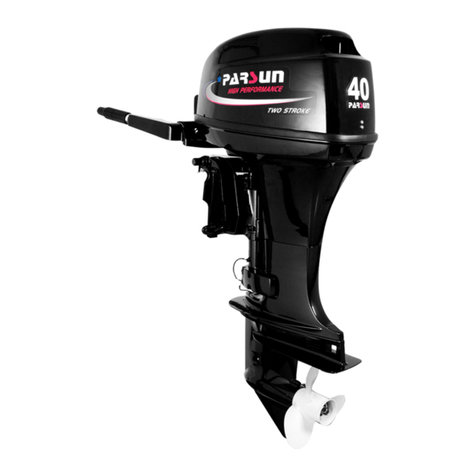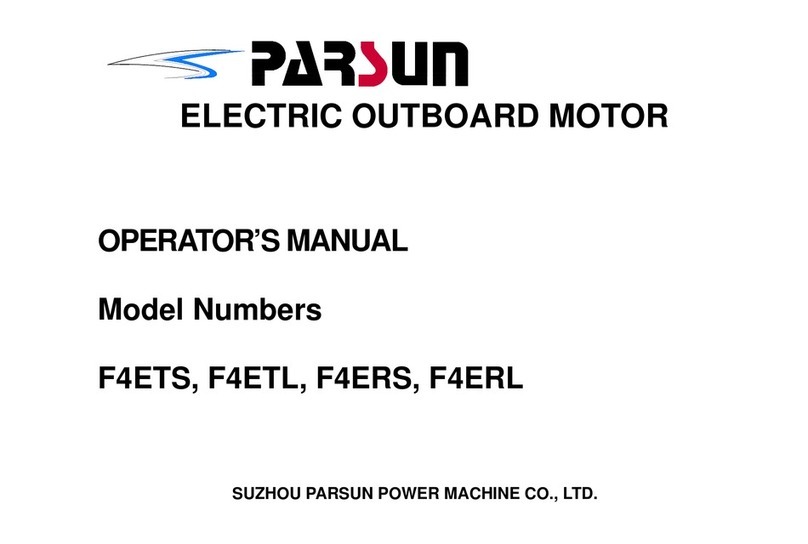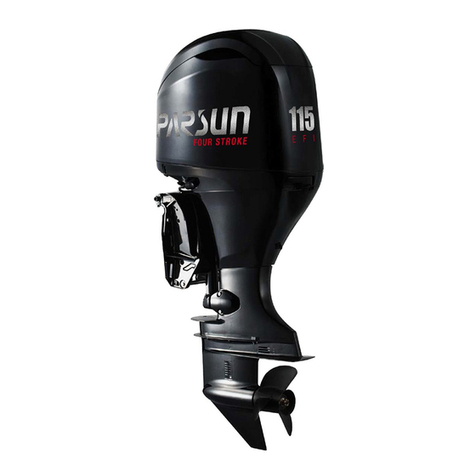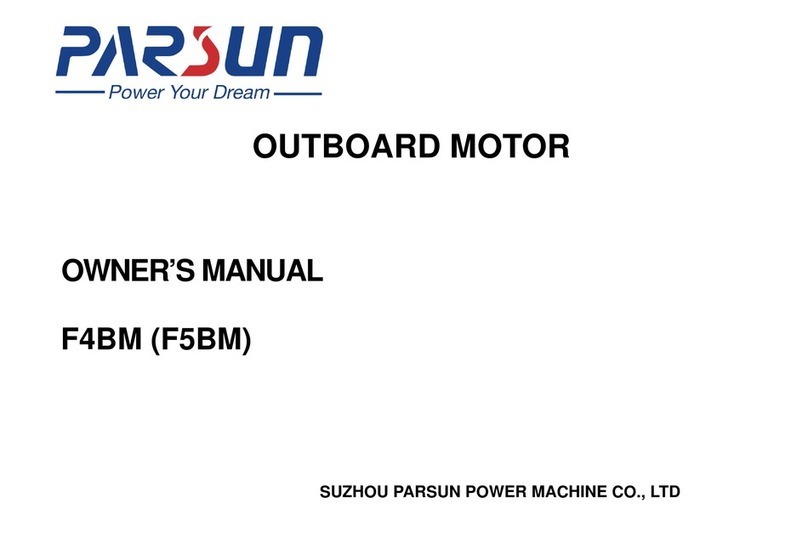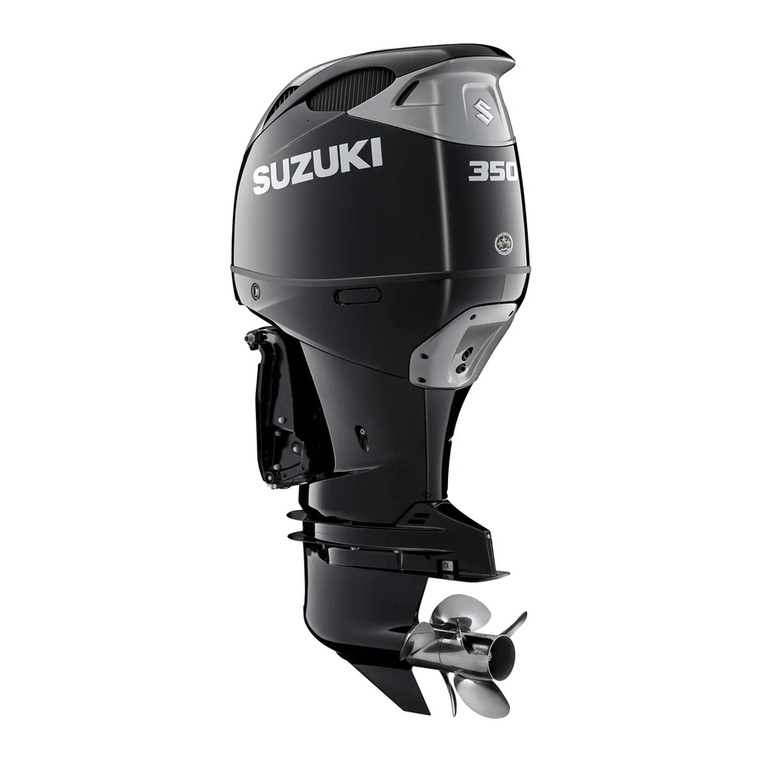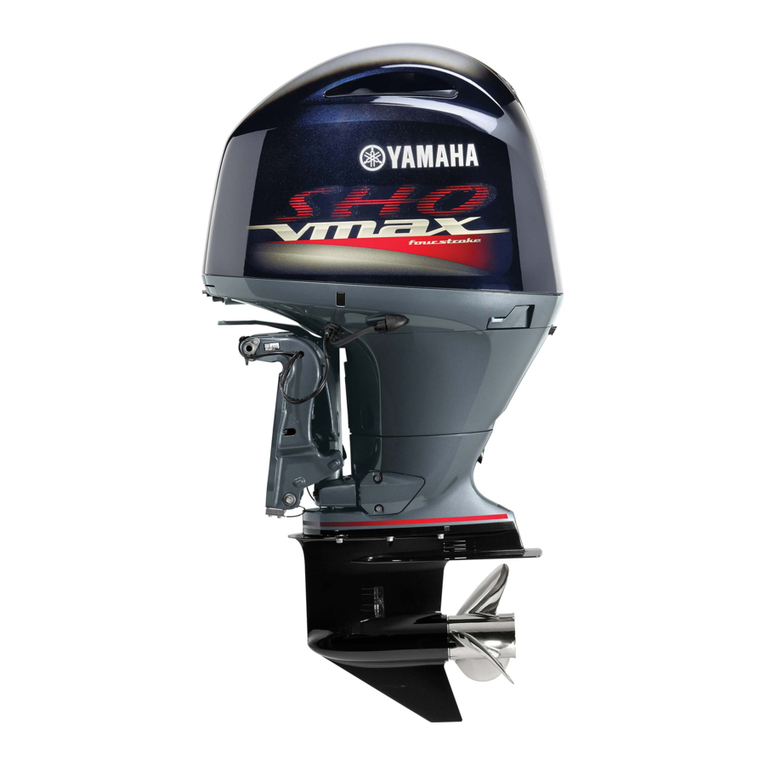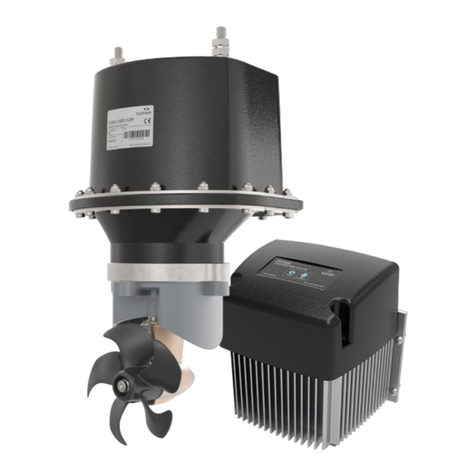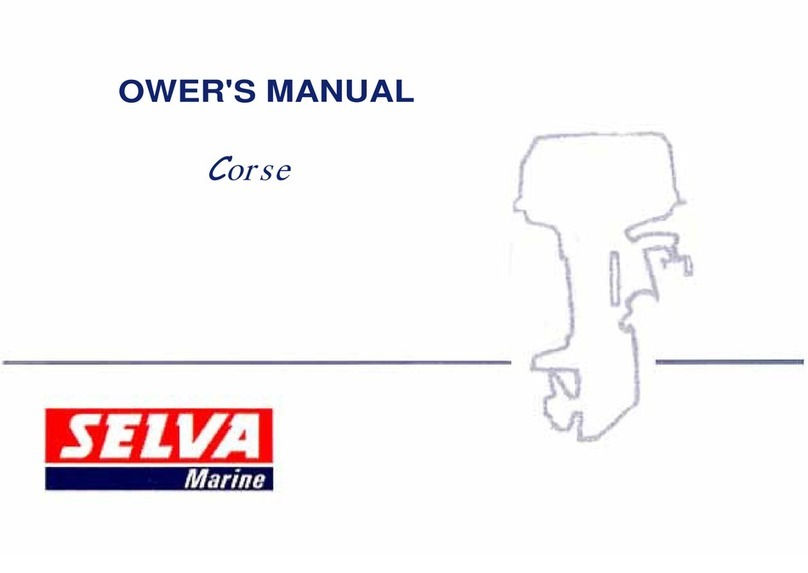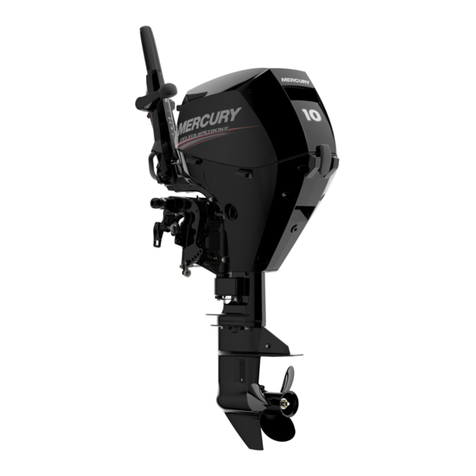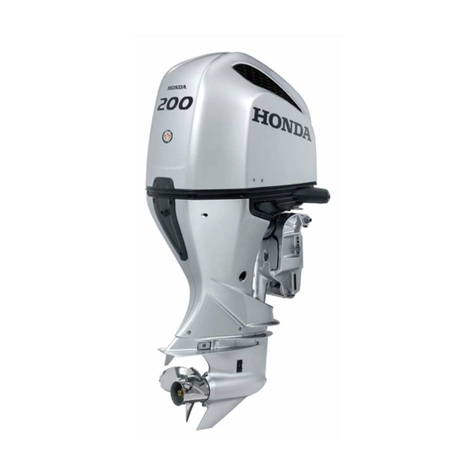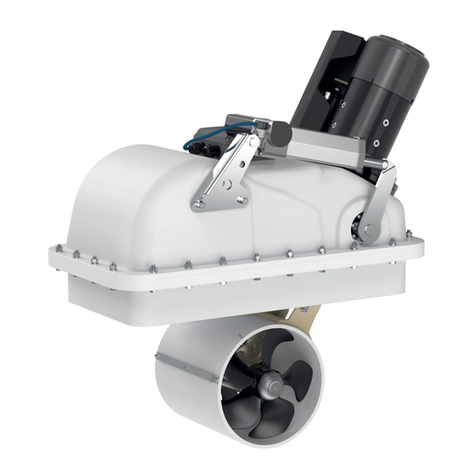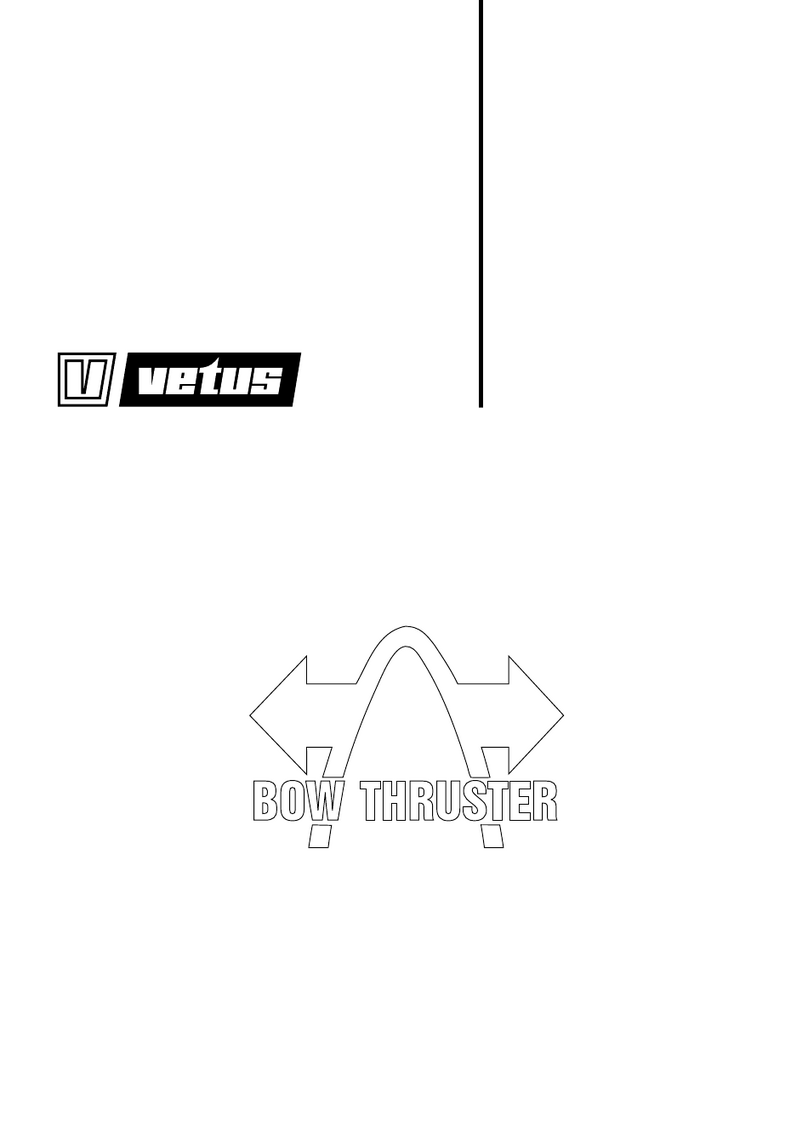
Table of contents
1. Main components and General information ··············································· 1
1.1 Main components ····································································· 1
1.2 General information ···································································4
1.2.1 Specifications ······································································4
1.2.2 Fueling instructions································································· 5
1.2.3 Propeller selection ································································· 6
2. Operation ············································································· 8
2.1 Installation ··········································································· 8
2.1.1 Mounting height ···································································· 9
2.1.2 Clamping the outboard motor························································ 9
2.2 Breaking in engine ···································································10
2.3 Pre-operation checks ································································· 11
2.4 Filling fuel ···········································································12
2.5 Starting engine ······································································ 13
2.6 Warming up engine ·································································· 22
2.7 Shifting ············································································· 23
2.7.1 Forward ···········································································24
2.7.2 Reverse ···········································································25
2.8 Tiller ················································································ 26
2.9 Stopping engine ·····································································27
2.10 Trimming outboard motor ··························································· 30
2.11 Tilting up and down ································································31
2.11.1 Tilting up ········································································31
2.11.2 Tilting down ······································································33
2.12 Cruising in other conditions ························································35
2.12.1 Cruising in shallow water ··························································35
2.12.2 Cruising in salt water ·····························································36


